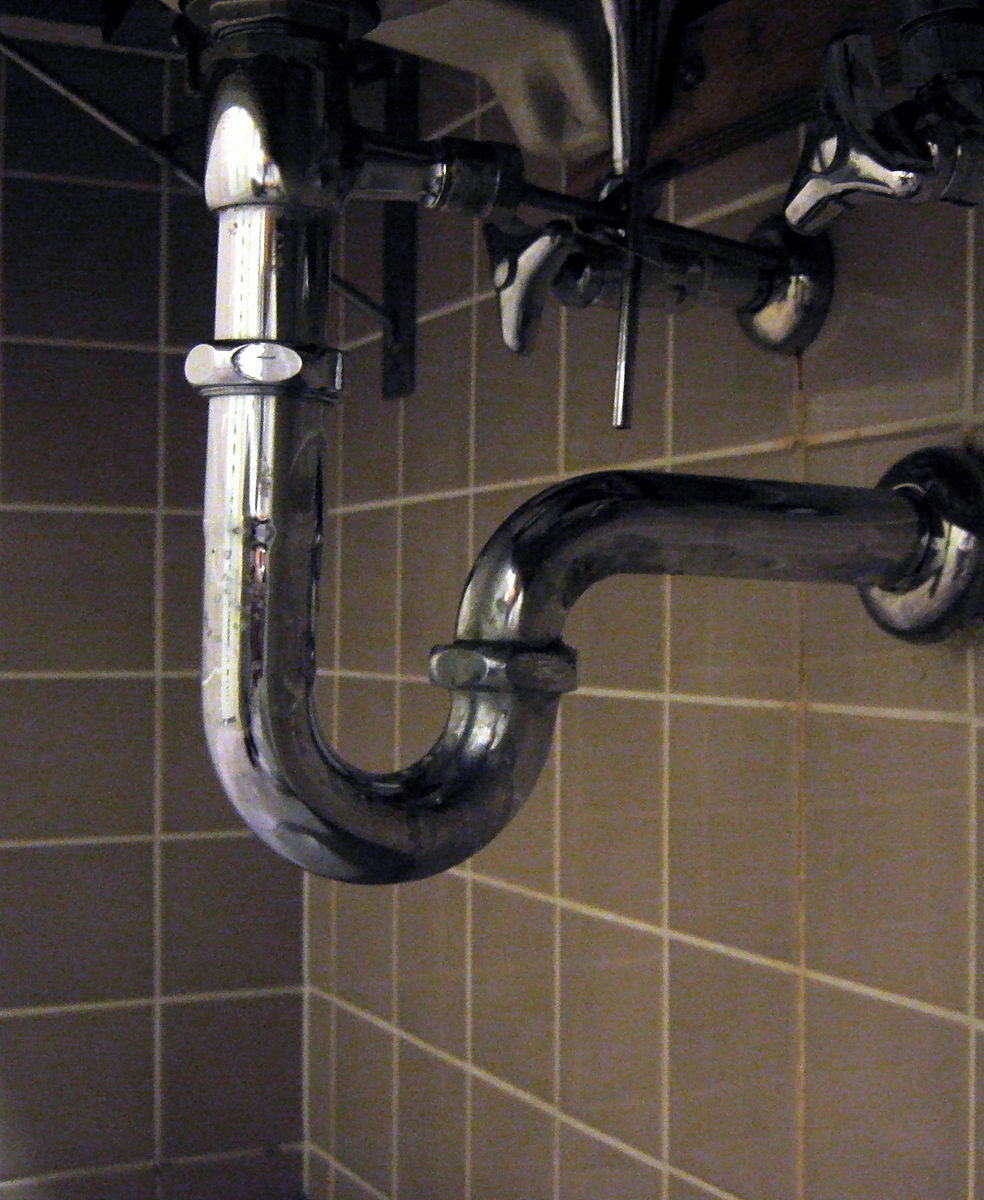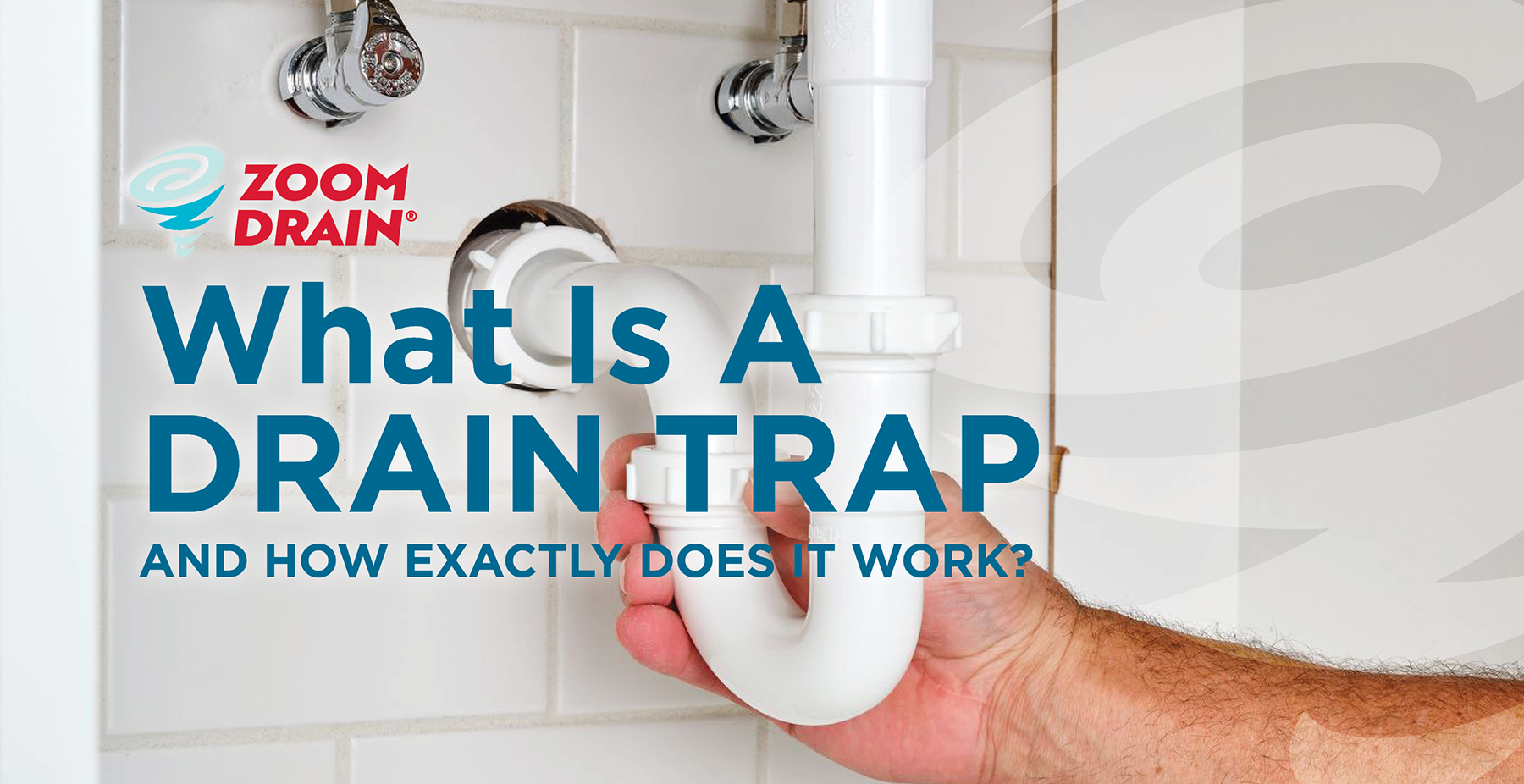The world beneath your drain can be a fascinating one. And when you encounter a drain clog, you sometimes have to become an expert on the fly, understanding how the system works. One of the main components to any drainage system is the drain trap but, over time, it can actually become blocked with food, hair and other natural debris that might flow down with wastewater.
That requires taking it apart to assess the situation, something best left to the professionals, though it’s still important to know the purpose of the drain trap and the overall function of it. The drain trap is the gateway to your drains, something that plumbers and drain experts alike reference often, helping send wastewater to the sewer line – so, let’s learn a little more about it.
What Is The Drain Trap And Where Exactly Is It Located?
Drain traps connect the entry point of the drain with the rest of the wastewater pipe. It’s often found underneath the most common types of drains, like sinks, showers, bathtubs and more.
 With all of this talk about drain traps, what exactly is it? A drain trap, which is most commonly made of PVC pipe, is sometimes referred to as a p-trap or an s-trap. These two specific traps get their name from their shape, and look very similar, but the role of either is the exact same.
With all of this talk about drain traps, what exactly is it? A drain trap, which is most commonly made of PVC pipe, is sometimes referred to as a p-trap or an s-trap. These two specific traps get their name from their shape, and look very similar, but the role of either is the exact same.
Drain traps connect the entry point of the drain with the rest of the wastewater pipe. It’s the u-shaped looking pipe, consisting of a horizontal overflow pipe and two 90-degree joints, that is typically found underneath common drains, such as sinks, showers, bathtubs and more. When you open the cabinet beneath your kitchen or bathroom sink, or stand underneath your bathtub in the basement, it’s usually the glaring part of the pipe – the first thing to catch your eye. A lot of clogs stem from this specific part of the drain, catching a majority of what enters the line but why is this oddly-curved pipe so important – couldn’t wastewater just go straight down to the drain?
What Is The Importance Of Having A Drain Trap?
Besides the fact that sewer gasses smell downright awful, these gasses also contain a variety of noxious odors that could potentially be poisonous or even explosive. The drain trap is a barrier from allowing those gasses to seep into your home or business, thanks to standing water inside.
There’s a reason your drains and sewers are out of the way and basically unnoticeable. Other than the fact that wastewater can contain bacteria and other harmful substances, it can also smell terrible. These sewer gasses can be hazardous to your health and potentially contain noxious odors that could be poisonous or even explosive if they seep into your property’s air.
Drain traps actually prohibit sewer gasses from entering, thanks to the bend in the pipe. That bend in the pipe contains a pocket of standing water, which actually serves as a barrier, blocking methane and other foul-smelling gasses from traveling into your home or business. On top of that, it serves as somewhat of a safety net. If you drop something, like a wedding or engagement ring, down the drain, it often will sit in the drain trap and then can be removed.
Typical issues facing drain traps are the aforementioned clogs as well as a dry trap. If it’s not used on a regular basis, evaporation can cause it to dry up – that or a leak. You’ll begin to notice if it does evaporate, thanks to the awful smell of sewer gasses, it’ll begin to enter the room.
If your drain trap hasn’t been inspected lately, there might be gunk, grime and debris that could soon slow your line down. Give Zoom Drain a call or schedule an appointment online, we’re always available around the clock – we’ll keep your line, and drain drap, flowing it’s very best!




.0000000000000.png)
.0000000000000.png)
.0000000000000.png)